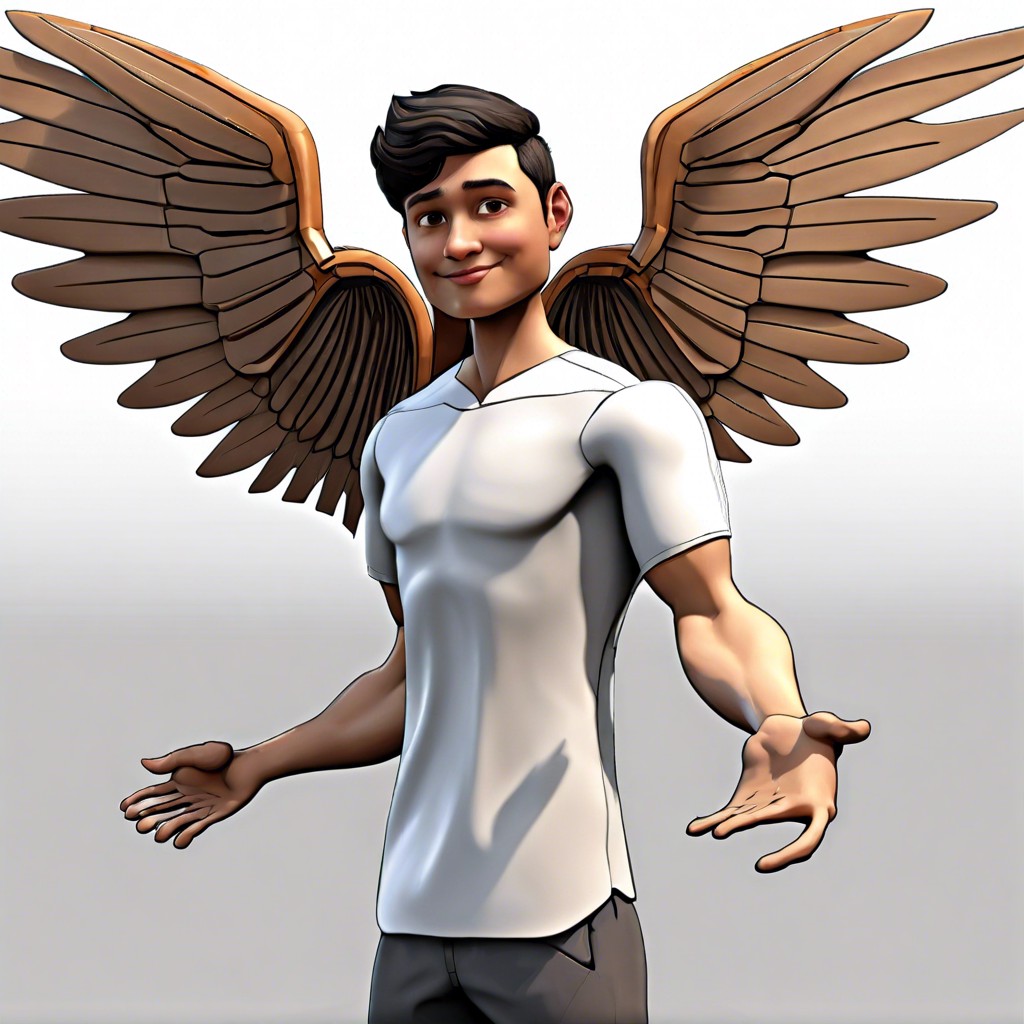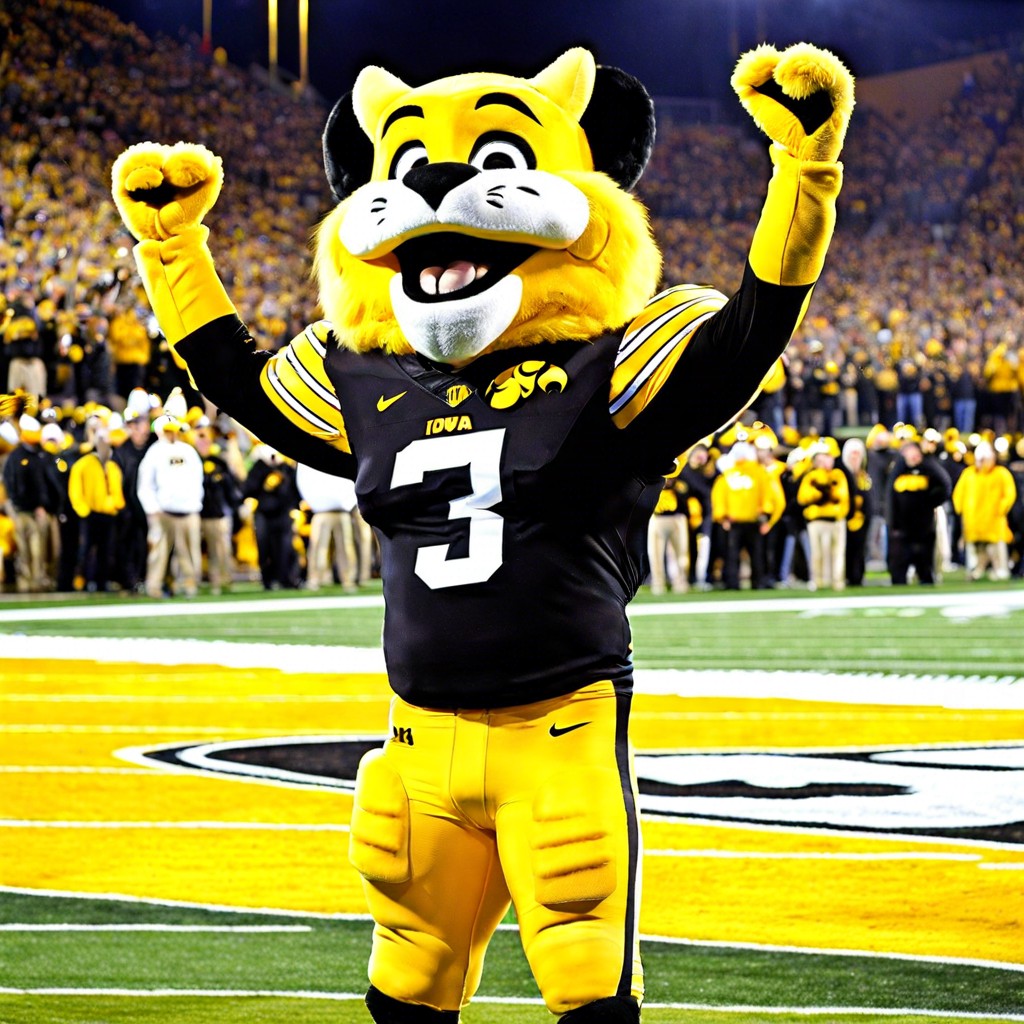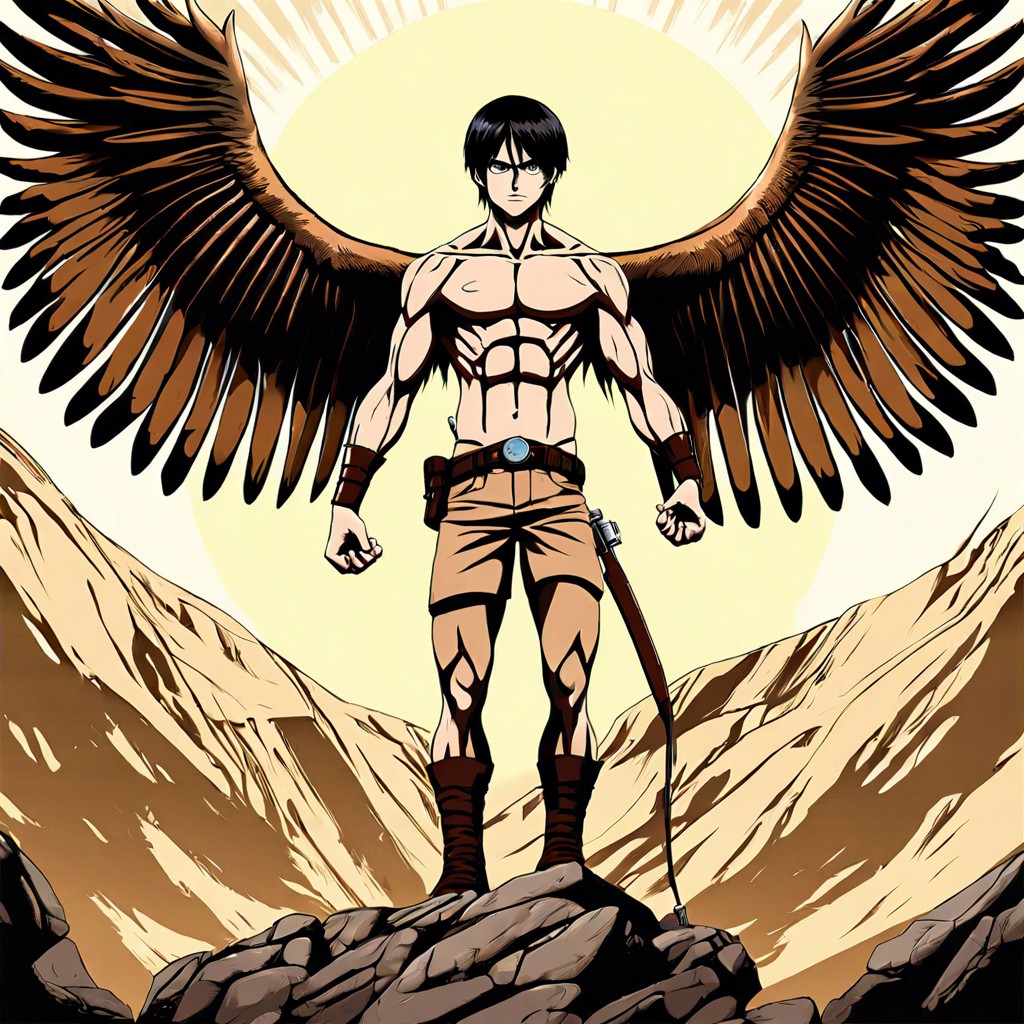Imagine humans with wings—how would our lives change, from travel and fashion to daily routines and societal norms?
Ever daydreamed about soaring through the sky like a bird? Imagine humans sprouting wings—not just any wings, but strong enough for actual flight! From revolutionizing transport (bye-bye, rush hour) to reimagining skylines (hello, treehouse office), the implications are mind-bending. Beyond the tangible, what would wings do to our culture and planet? Stick around to explore a high-flying vision of our winged future.
Key takeaways:
- Physiological changes: hollow bones, stronger muscles, efficient breathing, feather protection.
- Transportation revolution: sky commutes, air traffic control, winged couriers.
- Urban redesign: landing pads on skyscrapers, balcony runways, sky-high cafes.
- Social shifts: aerial etiquette, flight-friendly fashion, migrating group outings.
- Environmental impact: reduced pollution, thriving natural habitats, potential challenges.
Physiological Adaptations for Flight

First off, our trusty skeletal structure would need a major overhaul. Imagine our bones becoming lighter and more hollow, similar to birds. This would make us more aerodynamic and capable of lifting off the ground. You might end up lighter than your current self without ever having to hit a gym.
Speaking of the gym, goodbye leg day! To accommodate those majestic wings, our chest and back muscles would bulk up significantly. Think of a near-constant upper body workout just to flap around! So, get ready for some serious pectoral and deltoid action.
Our respiratory system would also have to get supercharged. Birds have a highly efficient breathing system to maximize oxygen intake, which is crucial for sustained flight. Our lungs and airways would adapt to ensure we don’t run out of breath mid-air, because nobody wants to crash-land in their morning commute.
Lastly, our skin would need some upgrades. Wings are delicate and need extra protection. Feathers or some feather-like structure would likely cover our wings, keeping them streamlined and strong, while providing insulation.
Voilà, we’ve got the blueprint for our new flying-human physiology. So, keep an eye out for those winged superheroes among us in the not-so-distant future!
Impact On Human Transportation
Imagine the daily commute getting a feathery upgrade. With wings, rush hour traffic would be a thing of the past. No more gridlock, no more honking horns, just smooth glides through the sky. Public transportation would need a massive overhaul. Buses and trains might become relics, replaced by sophisticated air traffic control for human fliers.
Airlines? They’d have to pivot. Instead of booking seats, you might be renting space at skyports—think of them as airborne pit stops. Airports? Less sprawling terminals, more sky-high hotspots for refueling and resting.
And don’t even get started on delivery services. Packages could arrive via a fleet of winged couriers. Goodbye drone deliveries, hello human-powered express. The whole logistics sector would be tangled in a new flurry of innovation.
Cycling enthusiasts and road-runners might transition to aerobic sky races. All these changes, and we haven’t even touched on the joy of a scenic flight home after a long day.
Changes to Urban and Rural Architecture
Imagine skyscrapers with designated landing pads instead of elevators. High-rise apartments with balcony runways doubling as front doors. Cities would transform, with rooftops becoming the new boulevards. Forget crowded streets; the sky would be abuzz with commuters and dodging pigeons.
In rural areas, traditional barns and farmhouses would get a facelift with expansive open-air porches for easy takeoff and landing. Forget the barn dance; how about a mid-air jig under the stars?
Bridges? Who needs them when you can just fly across rivers? But public rest stops would be reinvented as floating platforms or sky-high cafes where people could catch their breath (or wings) and enjoy an elevated view.
Security measures would also evolve. Imagine checkpoints in the sky or aerial traffic signals. We might even need skyward “no-fly zones” for important landmarks or sensitive areas.
Educational institutions would sport open-ceiling classrooms. No four walls needed when the world is your classroom, quite literally!
Social and Cultural Implications
Imagine a society where everyone has wings. Schools would have a new subject called “Aerial Etiquette.” I’d bet you’d see kids having “flight races” instead of footraces. Public spaces would need designated take-off and landing zones to avoid mid-air collisions.
Fashion would dramatically change. Forget about those sky-high stilettos—wing-friendly apparel would be all the rage. Designing the perfect “flight suit” would become a trend. Hat designers would have to rethink everything to accommodate wings.
Traveling as a group would be a spectacle. Family outings would look like bird migrations. Friends would think nothing of circling around the park for a chat.
Culturally, myths and legends would get a reboot. Superheroes with wings wouldn’t be that impressive—everyone could do it. Angels would just be your next-door neighbors.
Most hilariously, forget about bad hair days. Wind would be a daily styling nightmare. It’s a world where popping into the salon might mean a lot more than just a trim.
Potential Environmental Effects
Imagine a world where humans zoom about with wings! The skies would buzz with traffic, while fewer cars would clog the streets. Air pollution could take a nosedive as our reliance on fossil-fuel-based transportation drops like a lead wing.
Forests and natural habitats might thrive as endless highways shrink to mere memories. Less concrete jungle, more actual jungle!
However, winged humans might have new environmental challenges to face—like overcrowding of flyways. Bird collisions could become the new fender-benders. Also, just think about the litter up high; who would collect all those rogue feathers? Finally, migratory patterns of existing aerial species could be thrown for a loop with our winged intrusion into their airspace.




